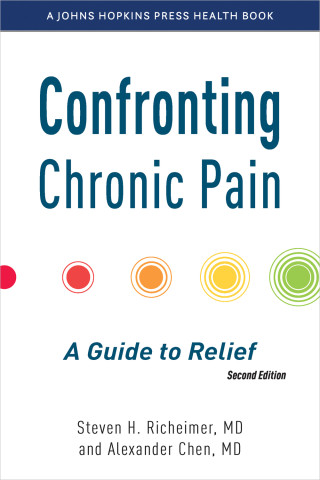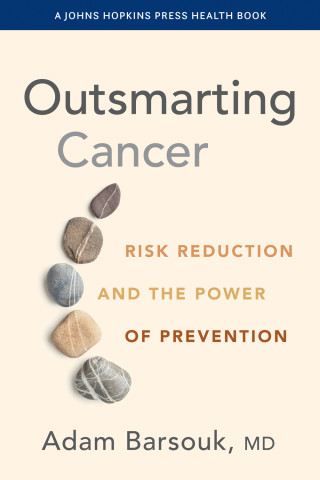
Reviews
If you are confronted with hysterectomy and wish to be proactive in the decision-making process, this book is an invaluable reference.
A valuable reference. Is the drastic operation, which is one of the most contentious medical issues, often performed unnecessarily? Are there alternatives? Is the operation's effect on a woman's emotions and sexuality worth it? The authors, who are specialists in the field of obstetrics and gynecology, offer a balanced view.
The book is presented clearly with information that is current, accurate, and very readable.
An excellent reference not only for patients but also for nurses, medical assistants, and clerical staff who work in a busy gynecologist's office. The medical information is presented clearly, is current and accurate, and is very readable. There is no comparable book available to the public.
Book Details
Preface
Acknowledgments
Introduction
Part One
1. Anatomy and Physiology of the Uterus
2. Looking at the Uterus
Part Two
3. Uterine Fibroids
4. Endometriosis
5. Uterine Prolapse and Related Problems
6. Abnormal
Preface
Acknowledgments
Introduction
Part One
1. Anatomy and Physiology of the Uterus
2. Looking at the Uterus
Part Two
3. Uterine Fibroids
4. Endometriosis
5. Uterine Prolapse and Related Problems
6. Abnormal Uterine Bleeding
7. Pelvic Pain, Infection, and Adhesions
8. Cancer
Part Three
9. What You Need to Know to Prepare for a Hysterectomy
10. What Happens in the Hospital
11. What Kind of Hysterectomy Should You Have?
Part Four
12. Sexual and Reproductive Issues
13. Hormone Replacement Therapy
Conclusion
Index






